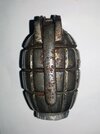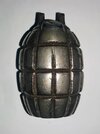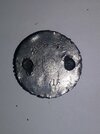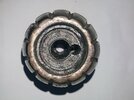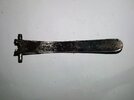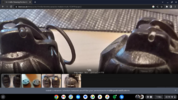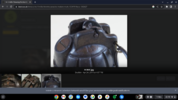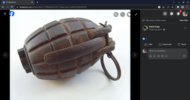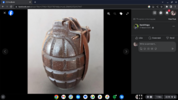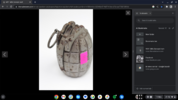Nismosonic
Well-Known Member
I was wondering..
anyone know the date of transition from the 1st type lever with the drilled holes for pin to the ridged flatter 2nd type? Latest I’ve personally seen confirmed for early type is 9/15 (Somme battlefield rusted solid so def original)
earliest flat I’ve seen is 2/16 With Mills Munitions plug, but that not a relic so unsure if original.
anyone know the date of transition from the 1st type lever with the drilled holes for pin to the ridged flatter 2nd type? Latest I’ve personally seen confirmed for early type is 9/15 (Somme battlefield rusted solid so def original)
earliest flat I’ve seen is 2/16 With Mills Munitions plug, but that not a relic so unsure if original.

